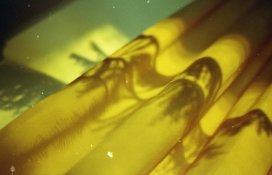peter k.
Member
Ok, don't do much color developing, so not real good at this, but its spring 
And do realize that one is not suppose to rinse or photo flo after, but how does one keep away from the darn crystals and marks on the negs from the stabilizer ?
I agitate as it states, for a short time and then let it sit, but its all suds in the developing tank, when I open it.

And do realize that one is not suppose to rinse or photo flo after, but how does one keep away from the darn crystals and marks on the negs from the stabilizer ?
I agitate as it states, for a short time and then let it sit, but its all suds in the developing tank, when I open it.













